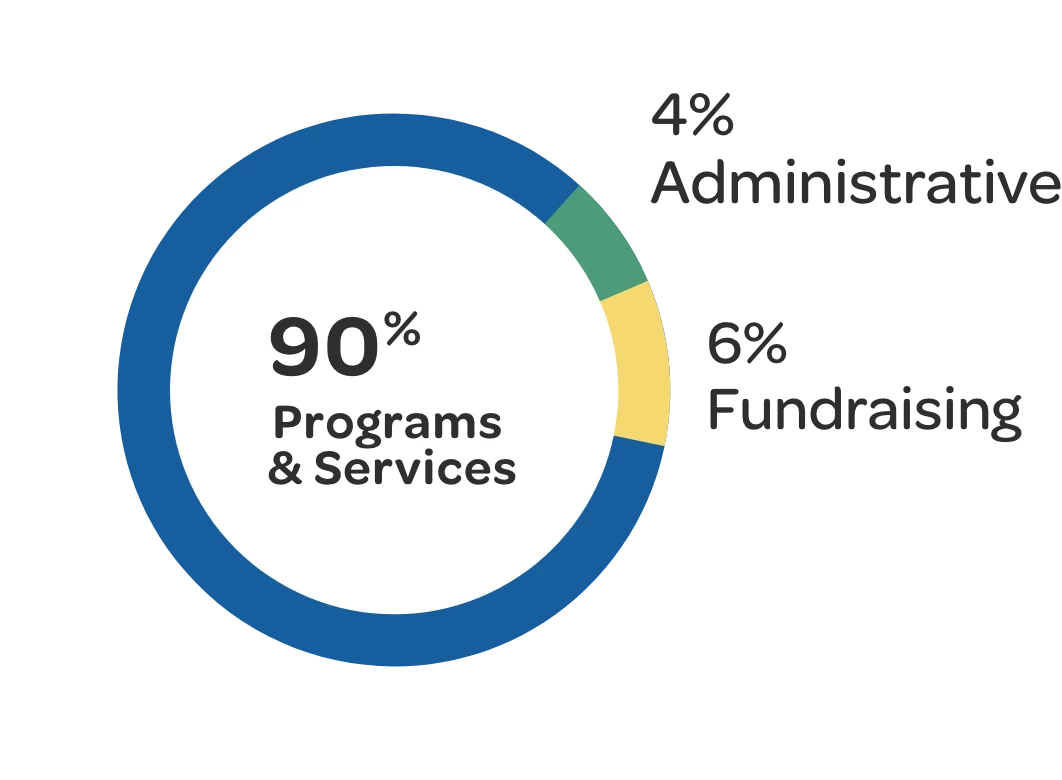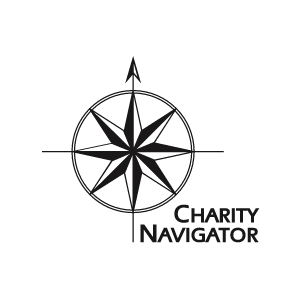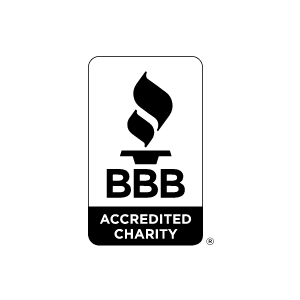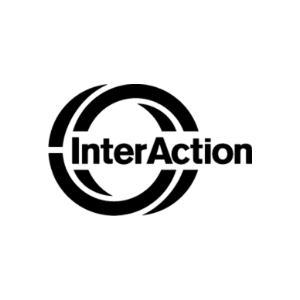Following the direction of the Prophet Muhammad (on him be peace), Muslims have historically marked the beginning of Ramadan by observing the lunar crescent just after sunset with the naked eye.
The crescent typically appears in the western horizon and is visible for only a few minutes. Sighting the moon marks the beginning of a 29 day lunar month, whereas not sighting the crescent marks the beginning of a 30 day lunar month, which is why the length of Ramadan can also vary.
Additionally, acceptance of moon sighting by Islamic entitites depends on the beliefs of each Muslim community. Some Muslims believe that each local community must sight the moon on its own, whereas others may accept the moon sighting of one authority which represents a region, nation or even continent. Because of this, some communities may observe the beginning and end of Ramadan on different days.
Muslims around the world have also begun using astronomical calculations to calculate moon sighting in place of sighting with the naked eye, though the traditional method of moon sighting is still seen as the most authoritative.
The Importance of the Last 10 Days of Ramadan
While the whole month of Ramadan is seen as a time when Muslims can have even years’ worth of sins forgiven and receive increased blessings for their worship, the period which occurs during the last ten days of the month are seen as even more blessed.
Aisha reported: "The Prophet, on him be peace, used to strive more in worship during Ramadan than he strove in any other time of the year; and he would devote himself more in the last ten nights of Ramadan than he strove in earlier part of the month." (Muslim).
Following the example of the Prophet, on him be peace, Muslims typically devote this time to recite longer portions of the Quran, spend portions of the night at their local mosque, known as i’tikaf, and make dua, or supplications, for whatever their hearts want most.
Within the last ten days of Ramadan also comes the opportunity to observe Laylatul Qadr, or “The Night of Power”, a night described by the Quran as “better than a thousand months”, in which proper observance of worship can earn one forgiveness for a lifetime of sins. This night is typically expected during the odd nights of the last 10 days of Ramadan, though the night can occur during any night in this period.
With the blessings of an already special month being multiplied during this time, it will be important for Muslims to again increase their worship efforts during the last 10 days of Ramadan in 2023.
The Timing of the Last 10 Days of Ramadan 2023
Ramadan 2023 is expected to begin during the evening of Wednesday, March 22nd, 2023 and end during the evening of Thursday, April 20th, 2023.
As such, the last 10 days of Ramadan 2023 are expected to begin during the evening of Monday, April 10th, 2023 and end during the evening Thursday, April 20th, 2023.
Again, it is important to note that the dates for the last 10 days of Ramadan 2023 are subject to change based on the sighting of the moon.
*Please note that the timing of the last ten days of Ramadan 2023 are subject to change.
Sources:
1) “Islamic Calendar 2023(1444-1445)”: https://www.islamicfinder.org/islamic-calendar/2023/?type=Gregorian







